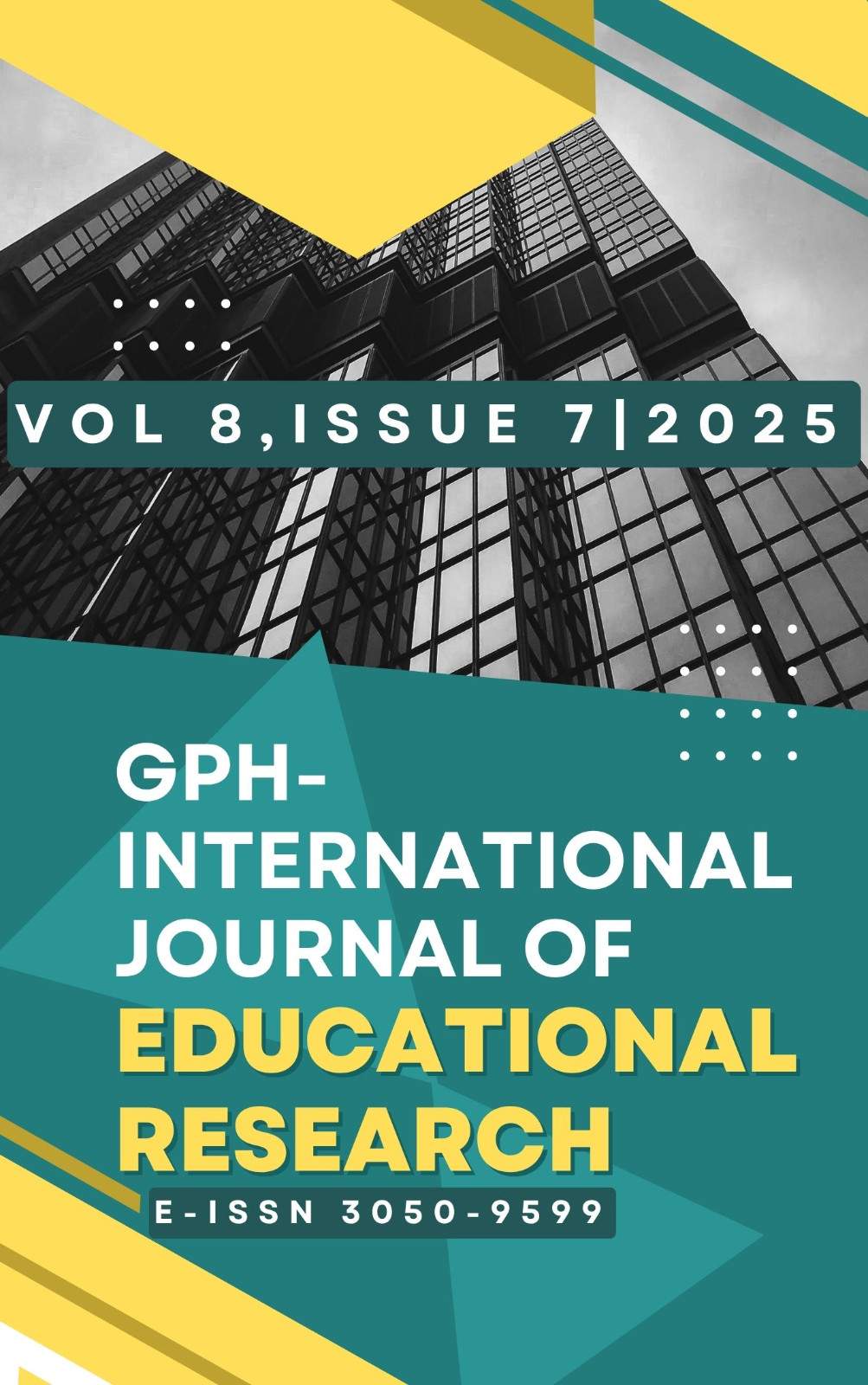DESIGNING A TEACHING PROCESS AND AN ASSESSMENT TOOLKIT FOR FOSTERING LEADERSHIP CAPACITY THROUGH THE "SMART GREENHOUSE" STEM PROJECT IN PHYSICS 11 EDUCATION
Abstract
The growing demand for 21st-century skills has highlighted the need to foster leadership capacity in high school students, with STEM project-based learning offering a promising environment for this development. However, a significant gap exists between this educational goal and the practical availability of systematically designed teaching processes and specialized tools for intentionally cultivating and assessing leadership in the classroom. This paper addresses this gap by presenting the outputs of a design-based research study: a complete pedagogical model for fostering leadership through a specific STEM project. The model's teaching process for the "Smart Greenhouse" project is structured around the five stages of the Engineering Design Process (EDP), while the corresponding assessment toolkit is grounded in a validated six-component leadership framework (Nguyen Quang Linh & Cao Tien Khoa, 2024). The primary outputs presented are: (1) a detailed, five-stage teaching plan that integrates Physics 11 content with leadership development opportunities , and (2) a multifaceted assessment toolkit comprising a teacher observation rubric, a peer assessment form, and a deep interview protocol, all tailored to the project's activities. This integrated system provides educators with a scientifically-grounded, practical, and replicable model to move beyond aspiration and intentionally foster and evaluate leadership capacity within a high school STEM setting. The alignment between the learning activities and the assessment tools ensures an authentic and effective approach to competency development.
Downloads
References
Blumenfeld, P. C., Soloway, E., Marx, R. W., Krajcik, J. S., Guzdial, M., & Palincsar, A. (1991). Motivating project-based learning: Sustaining the doing, supporting the learning. Educational Psychologist, 26(3-4), 369–398.
Kelley, T. R., & Knowles, J. G. (2016). A conceptual framework for integrated STEM education. International Journal of STEM Education, 3(1), 1-11.
Kilpatrick, W. H. (1918). The project method. Teachers College Record, 19(4), 319-335.
Komives, S. R., Lucas, N., & McMahon, T. R. (2007). Exploring leadership: For college students who want to make a difference (2nd ed.). Jossey-Bass.
Kouzes, J. M., & Posner, B. Z. (2017). The leadership challenge: How to make extraordinary things happen in organizations (6th ed.). John Wiley & Sons.
Ministry of Education and Training. (2020). Official Letter No. 3089/BGDĐT-GDTrH on the implementation of STEM education in secondary education.
Nguyen, Q. L., & Cao, T. K. (2024). Developing a leadership capacity framework for high school students in Vietnam: A Delphi study. Journal of Educational Research Vietnam, 12(1), 45-62. (Note: This is an illustrative reference as the full publication details were not provided in the source text.)
Northouse, P. G. (2021). Leadership: Theory and practice (9th ed.). Sage publications.
Stohlmann, M., Moore, T. J., & Roehrig, G. H. (2012). Considerations for teaching integrated STEM education. Journal of Pre-College Engineering Education Research (J-PEER), 2(1), 28-34.
Thomas, J. W. (2000). A review of research on project-based learning. The Autodesk Foundation.
Yukl, G. (2013). Leadership in organizations (8th ed.). Pearson.
Author(s) and co-author(s) jointly and severally represent and warrant that the Article is original with the author(s) and does not infringe any copyright or violate any other right of any third parties, and that the Article has not been published elsewhere. Author(s) agree to the terms that the Global Publication House will have the full right to remove the published article on any misconduct found in the published article.























